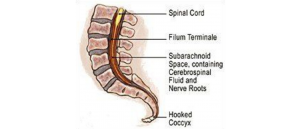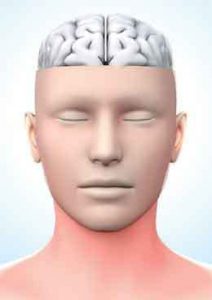
Massage training can have so many meanings, from the formal manual therapy education one must complete in order to earn a massage certification to the massage continuing education classes a seasoned practitioner may take in order to expand his or her skills and maintain that license to practice. For the purposes of this article, we will use the phrase massage training to refer to the massage CEU process that allows professional practitioners to enhance and advance their skills.
Read on to learn more about how you can use this kind of massage training, whether via a traditional massage therapy continuing education class or through a massage online CEU program, to move your career in a more lucrative and clinical direction—toward the realm of medical massage, orthopedic massage and massage for sports therapy.
To begin with, you will want to find massage training that will count toward any massage CEs you may need or other continuing education requirements, depending on the realm in which you are employed. For example, if you are a manual therapist, you may need to do an Internet search using phrases such as “find an approved CE provider NCBTMB” or “NCBTMB approved provider.” Athletic trainers, on the other hand, may need to seek out a BOC approved provider for those courses that focus on topics related to massage training. Once you have pinned down any such requirements for your massage training, you can move on to digging a little deeper into the content of the course.
The next factor you may want to focus on is the way in which the massage training will be delivered. For example, you may be able to find online massage therapy continuing education that will help you begin your transition to the more clinical realm of manual therapy, or you may be able to find an athletic training home study program on the topic of movement therapy. If you do decide to pursue massage therapy online continuing education, you will want to be sure that the course materials comprise more than just massage therapy textbooks, especially since you are looking to learn tactile skills.
Regardless of whether you choose to receive your massage therapist continuing education online or through an in-person class or seminar program, your next best move may be to do a bit of research on the instructor and the specific skills that will be taught during the class. This way, you can feel more confident about your investment of time and money before enrolling in the course. The key here is to be searching for those educators who have a strong reputation for delivering the goods when it comes to more clinical methods of massage.
A great way to start moving your practice away from a focus on relaxation massage may be to research educators who can teach deep tissue massage techniques. If possible, try to find a class that will allow you to not only learn these basic skills, but also to learn an entire system of manual therapy that could be applied in the areas of sports therapy, pain management and more. If this is the direction you would like to take your career, then you may want to take a look at the programs offered by Erik Dalton, the creator of Myoskeletal Alignment Techniques (MAT).
If you are wondering what is myoskeletal alignment therapy, then a journey through Dalton’s Web site will provide a solid introduction to MAT and the many benefits this modality holds for its practitioners and clients. For example, Dalton’s MAT education programs incorporate rich insight and instruction on massage techniques for back pain—an issue that plagues so many people today. These CE programs also focus on all kinds of other conditions, both common and rare, that may crop up in a manual therapy practice dedicated to addressing both acute and chronic pain.
Course by course and program by program, Dalton and his team of colleagues from the Freedom From Pain Institute guide students as they build their knowledge base and skill set. With this level of education and the corresponding certification in MAT, practitioners should be well-equipped to find work in a variety of clinical settings or to build up their own practices based on these effective techniques.
On sale this week only!
Save 25% off the "Dalton Technique Treasures" eCourse
The “Dalton Technique Treasures” eLearning course is a compilation of some of Erik’s favorite Myoskeletal Alignment Techniques (MAT). Learn MAT techniques to assess and address specific sports injuries, structural misalignment, nervous system overload, and overuse conditions. ON SALE UNTIL July 29th! Get Lifetime Access: As in all our eLearning courses, you get easy access to the course online and there is no expiry date.







